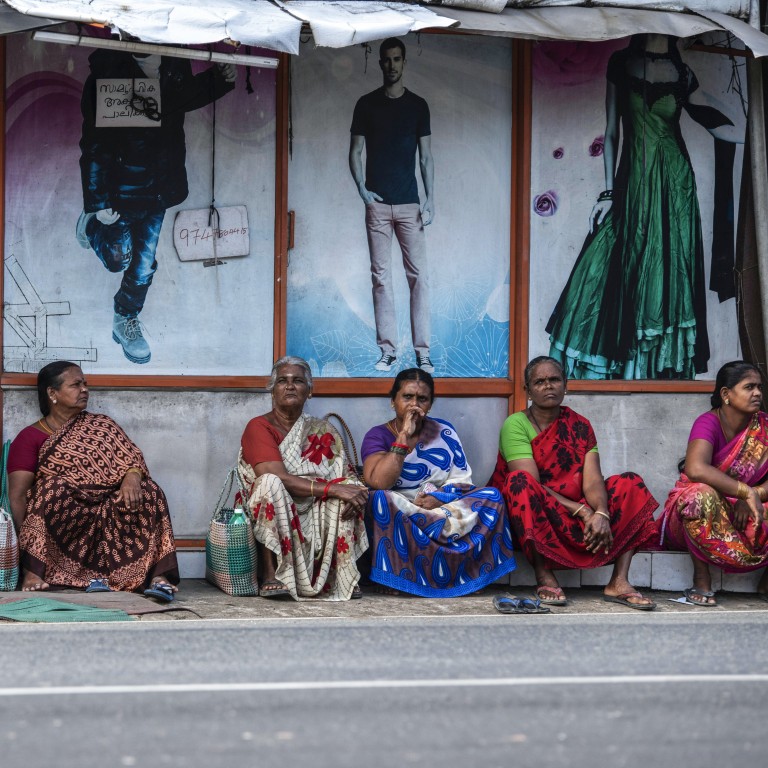
Don’t leave women and girls behind in pandemic recovery
- Many countries have gone backwards on gender parity during the pandemic. Fewer women are regaining employment, and millions of girls may drop out of school
- But, as countries rebuild economies, there is no better time to implement inclusive policies, with women’s needs and concerns at the forefront
In the past few decades, gender equality has gained significant traction at global and national levels. The United Nations convened the first world conference on women back in 1975, in Mexico City, with the most recent meeting, the 1995 Fourth World Conference on Women, held in Beijing, and followed by a series of five-year reviews. That marked a significant turning point for the global agenda on gender equality.
However, the truth is that no country has achieved or is even close to achieving gender parity. Across the world, women face a persistent gap in accessing opportunities and exercising their decision-making powers.
According to the 2022 SDG Gender Index, by the Equal Measures 2030 partnership, “Less than a quarter of countries are making ‘fast’ progress towards gender equality, while a third are making no progress or, worse still, are moving in the wrong direction.”
It is safe to say that countless women and girls are struggling to maintain their lives and dignity in a world where structural inequality, systemic exclusion and gender discrimination are rife.
The global health crisis and the measures adopted by governments to curb the spread of the virus have left women not only bearing the brunt of food insecurity, displacement, unsafe migration, sexual violence and unemployment; they have also faced an increased burden of unpaid care work. All this has taken a toll on women’s health and well-being.
And, today, even as the pandemic gradually abates across the globe, allowing room for economic recovery and a return to some form of business as usual, the pace of recovery has been slower for women. For example, fewer women than men have been able to regain employment.
In addition, there has been a 30 per cent increase in reported cases of gender violence around the world, with evidence also suggesting fewer cases are being reported.
Furthermore, school closures during the pandemic have not only pushed many female students into domestic and care responsibilities but also made them more likely to drop out of school altogether. Given the patriarchal systems in place, a temporary lack of access to education could easily become permanent for some.
This was the case for girls in Sierra Leone and Guinea, following school closures during the Ebola crisis in 2014 and 2015. According to a global analysis by the Malala Fund, 20 million more secondary-school-age girls around the world could drop out due to Covid-19.
The pandemic clearly threatens the little progress made towards gender equality, one of the UN’s Sustainable Development Goals. If current trends persist, the world will fall short of the UN’s 2030 deadline for achieving gender equality.
However, although the pandemic has presented enormous challenges for women, it has also revealed faults and cracks in the system, thereby providing a window to imagine and build a better, more inclusive world – for everyone, including women – that will lead to new opportunities.
Now is perhaps the best time for countries to reflect on the lessons learned from Covid-19, and find innovative and inclusive ways to fix the systemic problems of inequalities, discrimination and the hierarchical structure of society, which continue to stand in the way of progress and gender equality.
Across the globe, policymakers must ensure that women’s needs and concerns are at the forefront of decisions and reforms, and that gender equality is high on recovery agendas.
Akanksha Khullar is an independent scholar working on gender issues


